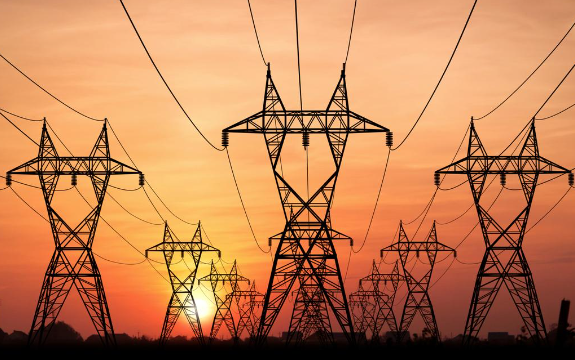Karnataka’s Energy Demand Projections for 2034-35
Karnataka’s energy landscape is evolving rapidly. Recent data shows a remarkable 22.7% increase in energy sales during FY 2022-23. This growth is the highest recorded in over a decade. The state’s peak demand is projected to exceed 33,000 Megawatts (MW) by 2034-35. This projection comes from a report titled ‘Resource Adequacy of Karnataka’ submitted by the Power Corporation of Karnataka Limited (PCKL) to the government.
Factors Influencing Energy Sales
The surge in energy sales can be attributed to two main factors. Firstly, there is economic recovery following the COVID-19 pandemic. Secondly, the low rainfall during 2023-24 increased energy consumption, particularly for irrigation. The peak demand reached over 17,000 MW due to these conditions. Officials suggest that this growth may not continue into 2024-25, as rainfall has improved.
Resource Assessment Report
The Energy Department initiated a resource assessment to understand future energy needs. The report was prepared by Power Research and Development Consultants Pvt. Ltd. It was accepted by the State government on October 16. Key aspects considered include open access, distributed energy resources, and the impact of Electric Vehicles (EVs). The report also accounts for solar rooftop power, projected to reach 1,468 MW by 2034-35.
Demand Projections
The report forecasts peak demand for 2024-25 at 16,271 MW under average rainfall conditions. By 2034-35, this demand is expected to rise to 33,310 MW. The increasing penetration of EVs is an important factor. Energy consumption from EVs is projected to escalate from 638 Million Units (MU) in 2024-25 to 22,705 MU by 2034-35.
Power Availability and Reserve Margins
Officials emphasise the importance of maintaining a power reserve of 20%-30%. The previous year brought into light the need for higher power reserves during poor monsoon seasons. The report aims to guide resource adequacy measures for future energy generation and transmission systems.
Key Recommendations
The report includes several critical recommendations. It advocates for the addition of capacity, proposing a firm thermal equivalent of 8,496 MW from PCKL. Additionally, it suggests 1,970 MW from KPCL and an extra 3,000 MW over the next eleven years. The report also stresses the need for increasing Renewable Energy Capacity and energy storage solutions.
Next Steps
Following its acceptance, the report will be submitted to the Central Electricity Authority for validation. Subsequently, it will be presented to the Karnataka Electricity Regulatory Commission (KERC) for approval. These steps are crucial for implementing the recommended strategies and ensuring energy stability in the state.
Important Facts for Exams:
- PCKL – The Power Corporation of Karnataka Limited is responsible for managing the state’s energy resources. It submitted important report on resource adequacy to the government in October 2023.
- EV – Electric Vehicles are projected to increase energy consumption in Karnataka. Their usage is expected to rise from 638 Million Units in 2024-25 to 22,705 Million Units by 2034-35.
- KERC – The Karnataka Electricity Regulatory Commission oversees electricity regulation in the state. It will review the resource adequacy report for validation and approval of proposed energy strategies.
- KPCL – The Karnataka Power Corporation Limited is another key player in the state’s energy sector. It has proposed an additional capacity of 1,970 MW to support future energy demands.
Month: Current Affairs - November, 2024
Category: States Current Affairs







